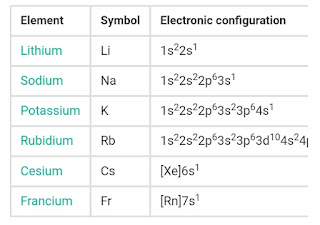A nucleus is at rest in the laboratory frame of reference. Show that if it disintegrates into two smaller nuclei the products must move in opposite directions.
Ques : A nucleus is at rest in the laboratory frame of reference. Show that if it disintegrates into two smaller nuclei the products must move in opposite directions. Ans : Let m, m1, and m2 be the respective masses of the parent nucleus and the two daughter nuclei. The parent nucleus is at rest. Initial momentum of the system (parent nucleus) = 0 Let v 1 and v2 be the respective velocities of the daughter nuclei having masses m1 and m2. Total linear momentum of the system after disintegration = m1 v 1 + m2 v2 According to the law of conservation of momentum: Total initial momentum = Total final momentum 0 = m1 v 1 + m2 v2 v 1 = - m2 v2 / m1 Here, the negative sign indicates that the fragments of the parent nucleus move in directions opposite to each other.


